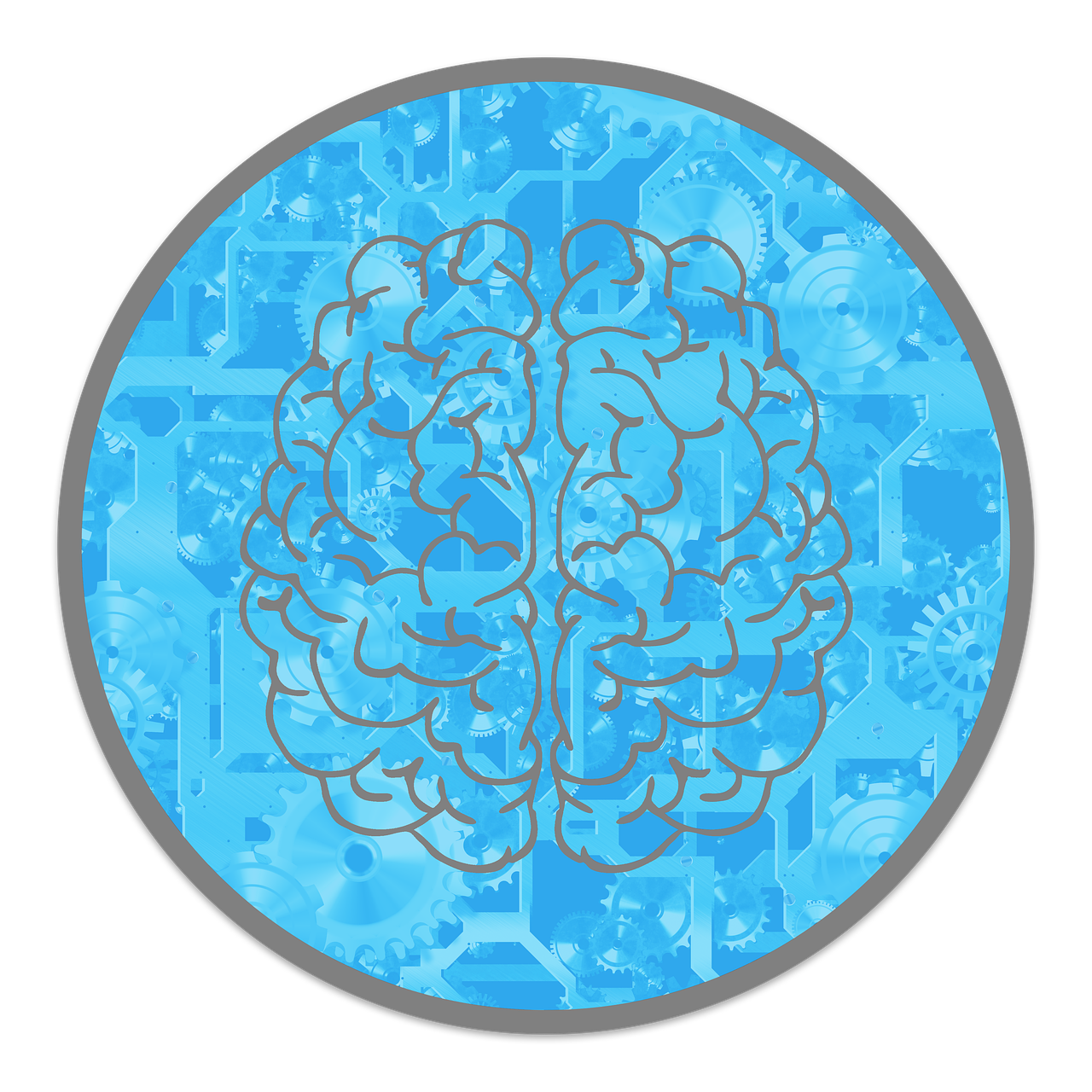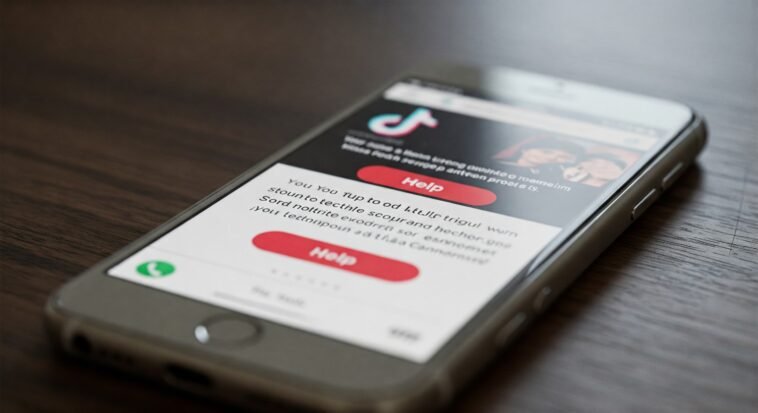
In the age of TikTok therapy and Instagram confessions, self-help has gone viral.
Social media platforms have become digital confession booths where millions broadcast their deepest wounds.
Sharing personal struggles online can feel empowering—but when trauma turns into content, it raises a tough question: Are we healing, or just chasing likes and validation?
This article dives into the rise of oversharing in today’s self-help culture, the mental health risks it brings, and how we can stay real without turning our pain into a performance.
The Era of Digital Catharsis
Oversharing isn’t new.
Humans have been spilling secrets for centuries—through diaries, memoirs, and tell-all confessionals.
What’s changed?
TikTok and Instagram have supercharged the pace, reach, and casualness of sharing.
Now, personal stories unfold not in private journals but on the For You page—often in less than 60 seconds.
A 2023 study in the Journal of Social and Clinical Psychology found that 35% of TikTok users aged 18–29 have posted about personal trauma, hoping to find healing and connection.
In a world shaped by “sad girl” aesthetics and “therapy speak” trending on Reels, talking about your wounds online almost feels… expected.

Why Are We Sharing So Much?
Chasing instant validation
Every like, comment, and “you’re so brave” DM acts like a mini dopamine boost.
It’s the social media version of a standing ovation—quick, easy, and addictive.
Building fast communities
Oversharing helps people bond instantly with strangers.
Trauma becomes the backstage pass into niche groups like #MentalHealthTok or Reddit’s r/Traumatok—spaces where pain speaks louder than small talk.
Using Tiktok as a therapy couch
Talking through trauma online can feel a lot like a therapy session—without the co-pay.
Reflection, emotional release, and even a sense of closure often happen right in the comment section.
Turning relatability into currency
On social media, relatability is the new clout.
Sharing rock-bottom moments can drive engagement—and sometimes even lead to brand deals.
(Nothing says “resilience” like a healing journey sponsored by your favorite wellness app.)
The Psychology Behind Oversharing
To really get why oversharing has exploded online, we need to dig into the psychology behind it:
1. Trauma dumping
Mental health experts call it “trauma dumping”—when someone unloads intense emotional experiences without warning or consent.
On TikTok, this often plays out in raw videos that skip boundaries altogether.
The result? Emotional whiplash for both the creator and the audience.
Key insight: Research from the American Psychological Association (APA, 2022) shows that sharing trauma without structure can actually retrigger PTSD symptoms instead of helping heal them.
2. Parasocial Relationships
Social media blurs the line between connection and illusion.
When influencers open up about trauma, followers can feel a deep emotional bond—even though that relationship is totally one-sided.
This mirrors the classic 1956 theory of parasocial interaction by Horton and Wohl: people form “relationships” with public figures who don’t know they exist.
In today’s world, it’s like binge-watching a Netflix star’s breakdown and feeling like you’re part of their inner circle.
3. Validation Addiction
The rush from likes, shares, and comments acts like a dopamine drip.
Every emotional post feels empowering at first, but over time, it can trap people in a cycle: sharing more pain to keep the validation coming.
The danger? Instead of growing past trauma, some end up tying their entire self-worth to how their pain performs online.

How TikTok Rewired Self-Help Culture
TikTok didn’t just join the self-help conversation—it flipped the script.
Its algorithm boosts content that hits hard emotionally—whether it’s laugh-out-loud funny, rage-inducing, or heartbreakingly raw.
That means the more a post stirs feelings, the more it gets pushed onto millions of For You Pages. Personal struggles have become viral currency.
Here’s a closer look at TikTok’s biggest self-help trends:
“Soft launching” mental health journeys
Creators tease their therapy wins or hint at past traumas without giving full details—like a cliffhanger trailer for their personal growth story.
Think of it as the Marvel Cinematic Universe of healing arcs.
“Storytime” trauma
Painful life events get chopped into short, cliffhanger-driven videos, keeping audiences hooked for the next “Part 2… if you care.”
It’s reality TV energy, reimagined for Gen Z scrolling habits.
Therapist reacts
Licensed therapists (and sometimes TikTok self-help gurus) post quick reaction videos to trauma stories.
While some offer real insights, others jump in without full context—turning therapy moments into viral soundbites.
While these trends help normalize talking about mental health, there’s a trade-off: they risk shrinking complex emotional experiences into fast, digestible content.
Healing isn’t always TikTok-friendly—but the app often edits it down to 30 seconds anyway.
The Double-Edged Sword of Public Healing
Sharing your story online can be powerful—and even life-changing—but public healing comes with real risks:
The upside
Destigmatizing mental health
Talking openly about therapy, trauma, and healing helps normalize mental health struggles.
It’s less taboo to say “I’m in therapy” today than it was a decade ago—thanks, in part, to TikTok and Instagram.
Building empathy
When creators share their struggles, audiences start to “get it.”
Vulnerability builds bridges, turning strangers into supporters.
Creating support networks
Online spaces like #MentalHealthTok or Reddit’s r/depression become lifelines.
They offer emotional support, advice, and a sense of belonging you might not find IRL.
The Downside
Losing privacy
Once you put a personal story online, you can’t control where it goes—or how people react.
Your deepest pain could end up stitched, duetted, critiqued, or meme-ified forever. (Just ask anyone who’s gone viral for the wrong reasons.)
Performative healing
Sometimes, healing online starts to feel more like content strategy than personal growth.
When “likes” become part of the recovery process, it’s easy to slip into performing pain rather than processing it.
Re-traumatization
Retelling your trauma for new audiences over and over can backfire.
Instead of healing, you might find yourself stuck in a loop, reliving the worst moments—like hitting replay on a breakup scene from Euphoria.

Responsible Sharing: Setting Healthy Boundaries
Oversharing doesn’t always mean overexposure.
It’s not about never sharing—it’s about sharing with intention and protecting your emotional health.
Here’s how to navigate it responsibly:
Pause before posting
Before hitting “share,” ask yourself these key questions:
- Am I sharing for my own healing or just for the likes?
Sharing something raw might feel therapeutic in the moment, but is it truly for you, or are you just fishing for validation?
- Will posting this make me regret it later?
Picture your future self. Will this still feel empowering tomorrow, next week, or a year from now?
- Have I processed this privately first?
Just like you wouldn’t spill your feelings to your therapist without first doing some self-reflection, think about whether you’ve given yourself the time and space to process before sharing.
Set digital boundaries
The internet is like the wild west—once you post, it’s out there, and you can’t always control how it gets used or misused.
Protect yourself:
Limit vulnerable details
Be mindful of what you share.
Oversharing specifics might open the door to unwanted comments or harassment.
You don’t owe anyone your trauma in real-time.
You don’t owe your audience an explanation
Think of it like Keeping Up with the Kardashians—people may want to know all the drama, but you don’t have to give them all the details to keep the show running.
Your healing process is personal, and it’s okay to keep it private.
Engage in offline healing
While TikTok therapy videos and YouTube journaling challenges are popular, nothing beats face-to-face healing:
Offline therapy
As much as we love TikTok’s “Therapist Reacts” videos, professional therapy (IRL, not through a screen) is the real deal.
Journaling & real-life conversations
Don’t forget the power of putting pen to paper or talking things through with close friends.
Real connection matters more than ever in a world of digital detoxes and “vibe check” posts.

Best Practices for Content Creators
If you’re building a self-help platform, it’s key to stay authentic without tipping over into harmful oversharing.
Here’s how to keep it real and responsible:
Get consent
If your story involves others, always get their permission first.
Think of it like the Euphoria set—everyone’s got their own boundaries, and it’s crucial to respect them.
If you can’t get consent, anonymize them to keep things respectful.
Educate, don’t just emote
Emotional posts get engagement, but they don’t always help your audience grow.
Offer actionable insights or share resources, like how therapists do on Instagram’s Therapist Reacts videos.
Instead of just venting, provide practical tips people can apply to their own healing journey.
Collaborate with professionals
Partner with licensed therapists or mental health experts to make sure you’re spreading responsible, helpful messaging.
It’s like having a Doctor Strange cameo in your self-help content—bring in the pros for solid guidance.
Practice vulnerability with boundaries
Sharing personal experiences can create connection, but your deepest, most private struggles don’t need to be aired out for likes.
Think of it like The Kardashians—they know where to draw the line between what’s for the public and what’s kept behind closed doors.
Conclusion: Sharing to Heal, Not to Harm
The boom of oversharing in self-help culture speaks to a deeper need for connection, validation, and understanding.
Platforms like TikTok have given everyone a megaphone for emotional storytelling, but it’s crucial to remember: healing isn’t meant to be a performance.
While sharing can be genuinely therapeutic, it only works when it’s intentional, thoughtful, and respects personal boundaries.
As we navigate this digital era, the real challenge isn’t just about opening up—it’s about doing so in ways that actually support our healing, rather than just chasing the next viral moment.



